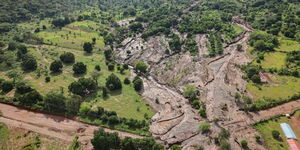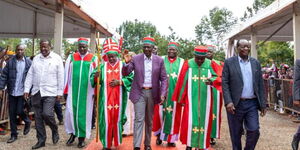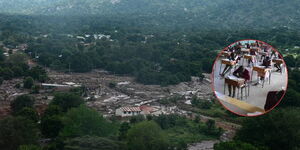Kenyans are set to benefit from a project aiming to bring off-grid solar power to Kenyans without access to electricity.
Several top Kenyan banks have invested in the $156 million (Ksh20 billion in current exchange rates) project, making it the largest of its kind by private investors.
Arranged by a global American financier, the project will be facilitated by an off-grid solar energy company, which will enable the manufacture and sale of about 1.4 million solar home systems to Kenyans, mostly in rural areas.
The energy company raised the Ksh20 billion by bundling future payments from its solar-power customers into an asset-backed security that was bought by investors.
The investors will receive a small premium above the Kenyan government’s 6-month bond yield, which currently trades at 8.4 per cent.
It was structured with two tranches to build the confidence of the commercial bank investors, with them receiving the senior and relatively safer tranche, which was funded by Citi and four Kenyan banks.
The smaller but riskier tranche was bought by Development Finance Institutions (DFIs) like British International Investment and the Dutch development bank FMO, who will be the first to absorb losses if they occur.
“This is an example of how to create structures that enable private capital to come in at scale,” said Jorge Rubio Nava, Citi’s Global head of social finance.
“It’s important for (DFIs) to be in the mezzanine, and that’s where they can provide a cushion to the senior private capital lenders,” he added.
The energy company will use the pay-as-you-go (PAYG) model to make these off-grid systems even more accessible.
“What makes this work is that we collect small, steady and predictable payments from millions of customers,” said the co-founder of the energy company. “Then we bundle those payments together and securitise them.”
In this model, customers often pay a small deposit of about $7 (Ksh904 in current exchange rates) and then make small weekly payments over 12 to 18 months to own the system and pay off the loan.












